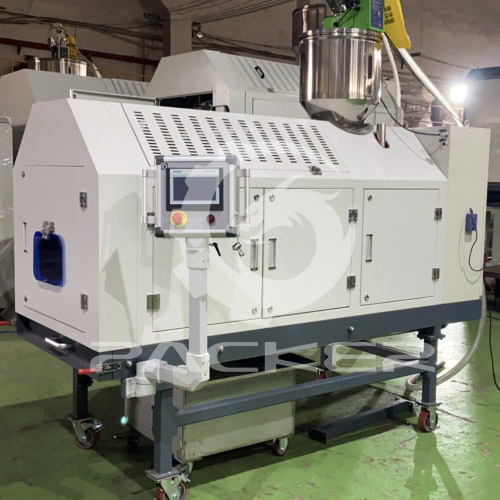Environmental Considerations in Plastic Master Batch Pellet Dryer Operations: Sustainable Practices for Manufacturing
2024-03-16
In today's global landscape, environmental sustainability is a pressing concern across all industries, including plastics manufacturing. As key players in this sector, manufacturers must prioritize environmental considerations in every aspect of their operations, including the use of equipment such as plastic master batch pellet dryers. Let's delve into the specific environmental considerations associated with operating these dryers and explore sustainable practices for minimizing their environmental impact.
Energy Consumption:
1. Energy-Efficient Design:
Plastic master batch pellet dryers equipped with energy-efficient heating systems, insulation, and airflow optimization features can significantly reduce energy consumption during operation.
2. Renewable Energy Sources:
Where feasible, manufacturers can explore powering their dryers using renewable energy sources such as solar, wind, or hydroelectric power to further reduce carbon emissions and reliance on non-renewable resources.
Emissions and Air Quality:
1. Emission Controls:
Implementing emission control systems such as particulate filters and catalytic converters can help mitigate the release of pollutants and improve air quality in the vicinity of dryer operations.
2. Volatile Organic Compounds (VOCs) Management:
VOC emissions from plastic materials during drying processes can contribute to air pollution. Employing low-VOC or VOC-free plastic formulations and utilizing VOC capture and recovery systems can help minimize environmental impact.
Waste Management:
1. Material Recycling:
Implementing recycling programs for plastic waste generated during manufacturing operations can help reduce landfill waste and conserve resources. Recycled plastic pellets can often be reused in subsequent production cycles, closing the loop on the plastic lifecycle.
2. Responsible Disposal:
Proper disposal of waste materials, including spent desiccants and cleaning agents, is essential to prevent environmental contamination. Manufacturers should adhere to local regulations and guidelines for hazardous waste disposal to minimize environmental risks.
Water Usage:
1. Water Recycling and Reuse:
Where water is used in cooling systems or cleaning processes associated with dryer operations, implementing water recycling and reuse systems can help conserve this precious resource and minimize environmental impact.
2. Water Efficiency Measures:
Implementing water-saving technologies such as low-flow equipment and leak detection systems can help reduce overall water consumption and lessen the strain on local water resources.
Lifecycle Analysis:
1. Product Design Considerations:
Considering environmental factors in the design phase of plastic products can help minimize the environmental footprint throughout the product lifecycle. This includes selecting materials with lower environmental impact and designing products for recyclability and reusability.
2. Continuous Improvement:
Regularly assessing and optimizing dryer operations through lifecycle analysis can identify areas for improvement and drive ongoing efforts to reduce environmental impact, enhance efficiency, and promote sustainability.
Conclusion:
In conclusion, operating a plastic master batch pellet dryer involves several environmental considerations that can impact air quality, energy consumption, waste management, and water usage. By implementing sustainable practices such as energy-efficient design, emission controls, waste recycling, and water conservation measures, manufacturers can minimize the environmental footprint of dryer operations and contribute to a more sustainable future for the plastics industry. Embracing environmental stewardship not only benefits the planet but also enhances brand reputation, fosters innovation, and ensures long-term viability in an increasingly environmentally conscious marketplace.



